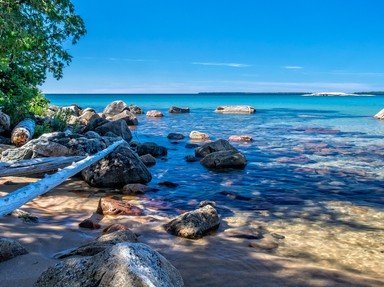
North American River Cities Trivia Quiz
Match the North American river to the correct city that it flows past or through. Each city is either capital of a US state or of a Canadian province or territory. It is possible that a river may connect to more than one city.
A matching quiz
by suomy.
Estimated time: 3 mins.